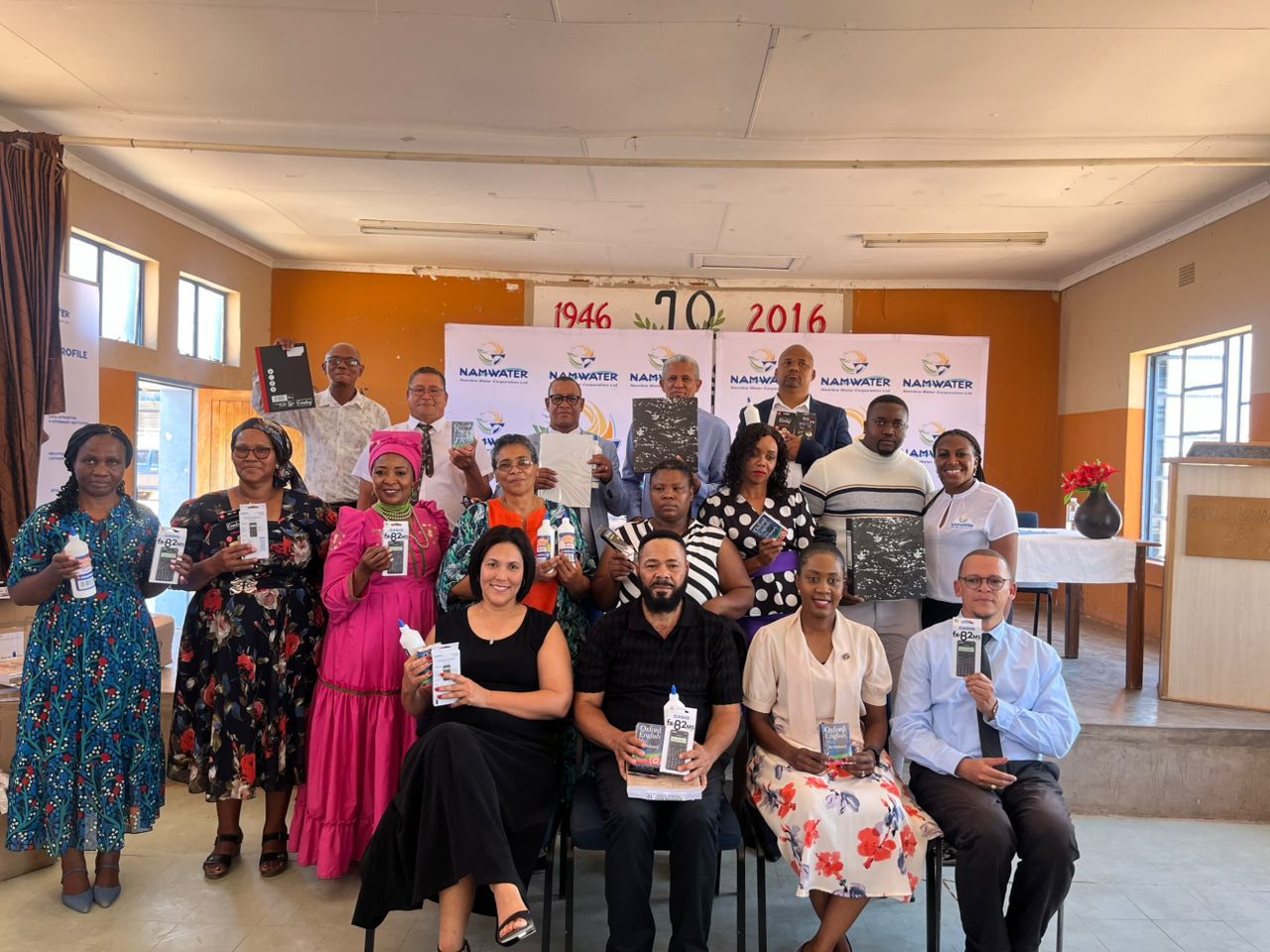Five green schemes in Namibia are set to deliver a yield of 6 732 tonnes of maize during the winter harvest, the agriculture ministry has said.
The output expected from the green schemes seeks to address the local demand for white maize, which averages at 136 200 metric tonnes annually.
According to the ministry, between April and December last year, Namibia witnessed the local production of 97 534 tonnes of maize, while an additional 38 670 tonnes were imported to meet the shortfall.
However, with the substantial output expected from the green schemes, the country can significantly narrow the gap between supply and demand, reducing the reliance on external sources.
Among the green schemes contributing to the anticipated maize harvest is the Sikondo Green Scheme Irrigation Project.
Covering a total of 166 hectares, the project has cultivated maize and is now ready to reap the rewards of their efforts.
“We have started to harvest, and we are going to harvest all 166 hectares. We have already started with 30 hectares, and so far, only two fields are close to completion in terms of maturity and drying,” said project manager Maxwell Nghidinwa.
The Uvungu-Vhungu Green Scheme Irrigation Project, which encompasses 304 hectares of maize production, also anticipates a bountiful harvest.
Project manager Floris Smith said due to lower rainfall, there was a noticeable decrease in pests and insects affecting the maize crops. As a result, fewer chemical sprays were required, effectively reducing input costs, while ensuring the health of the maize.
“The maize is healthy and not destroyed by any worms or things like that,” Smith said.
Despite facing challenges brought on by low rainfall in the Kavango West region, the Ndonga Linena Green Irrigation Scheme Project remains determined to contribute to the maize harvest.
With 432 hectares of commercial land and an additional 174 hectares for small-scale farmers, this project intends to harvest wheat and fodder for the upcoming season.
However, project manager Janno Rentel said the scarcity of rain has forced the project to rely heavily on electricity to pump water, resulting in increased costs.
“Our pumps needed to run 24 hours a day to keep up with water on the field because there was no rain to supplement the pumps. That incurs a lot of costs and is a big challenge for us,” Rentel said.
Meanwhile, the Shadikongoro Green Scheme Irrigation Project is diversifying its crops, transitioning maize to wheat production.
Project manager Mutero Joseph is confident that the yield will be prosperous, aiming for at least 1 500 tonnes of grains.
“We are very much optimistic that the yield will be very good, and we will make a profit out of it.
Once we are done harvesting, we want to immediately start with land preparation so that we start planting wheat,” Joseph said.
With 600 hectares of irrigable land, including allocations for both small and medium-scale farmers, the Etunda Green Scheme Irrigation Project is leveraging its advantage of two growing seasons per year.
“We grow maize twice a year, and that puts us at a good advantage,” project manager Sacky Shilyomunhu said.
By capitalising on this opportunity, the project aims to produce five to six tonnes of maize per hectare.
Recognising the importance of increasing yields and productivity in these green schemes, the agriculture ministry is also actively pursuing the leasing of some of these projects.
Stay informed with The Namibian – your source for credible journalism. Get in-depth reporting and opinions for
only N$85 a month. Invest in journalism, invest in democracy –
Subscribe Now!






